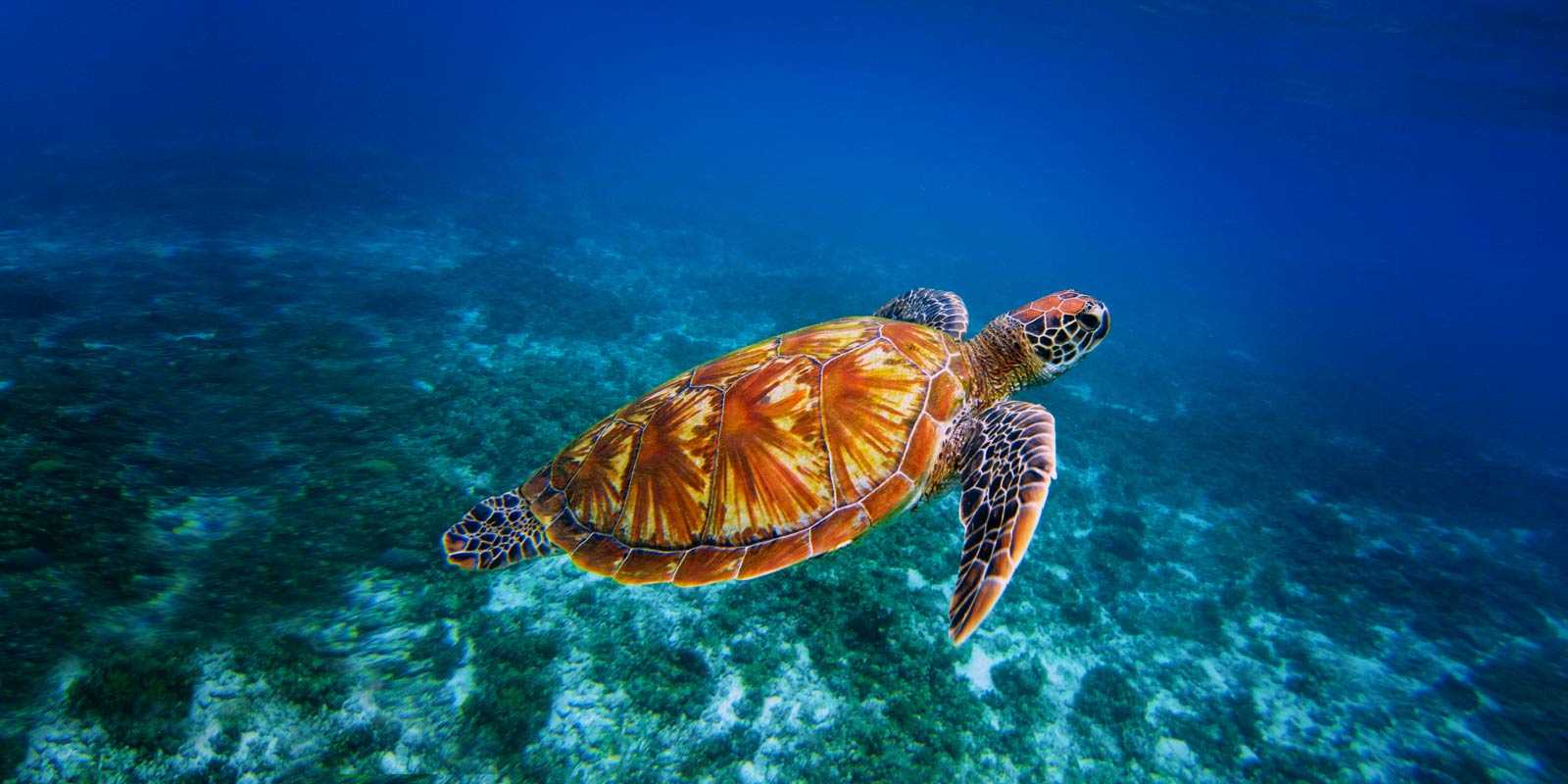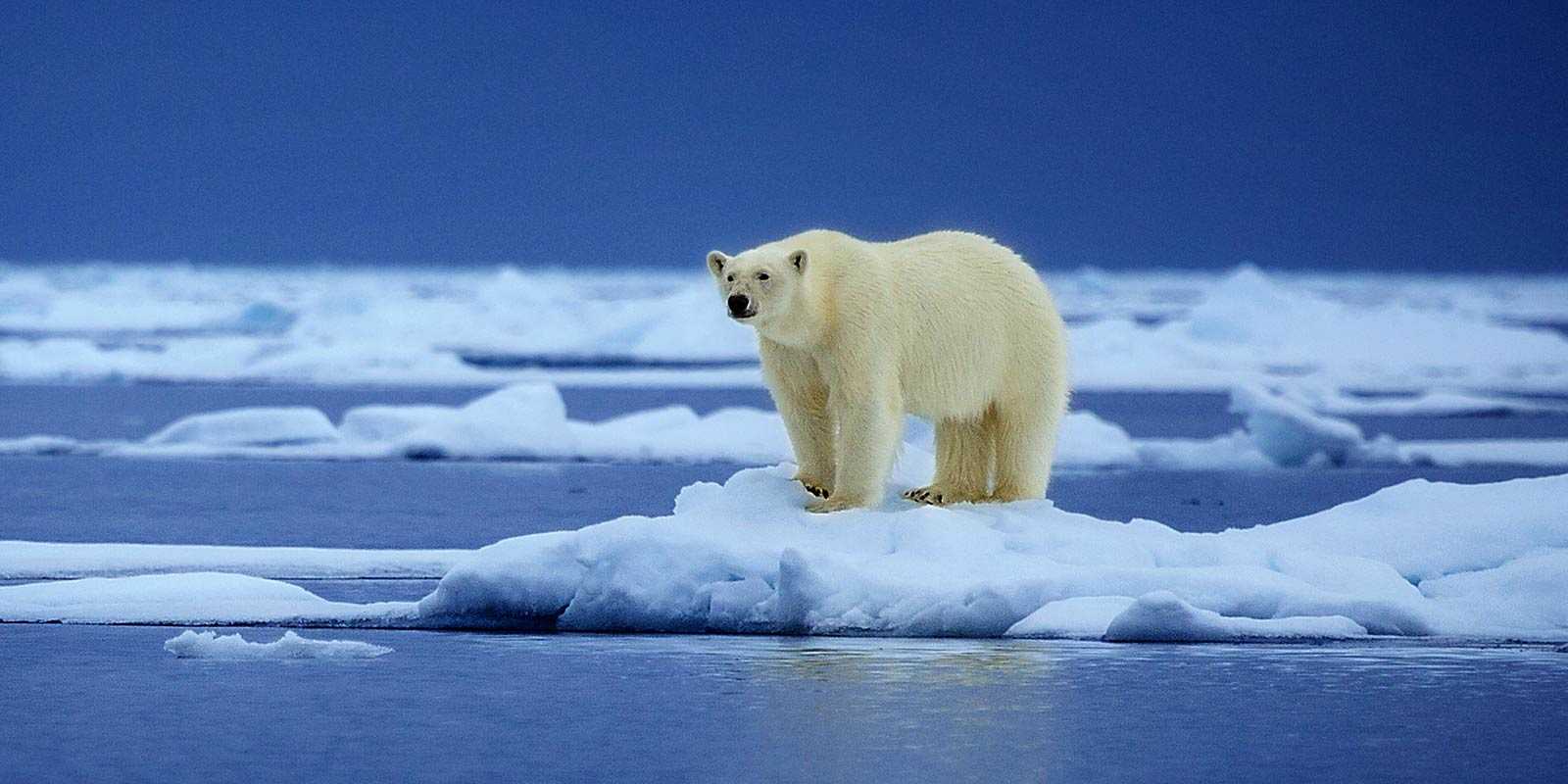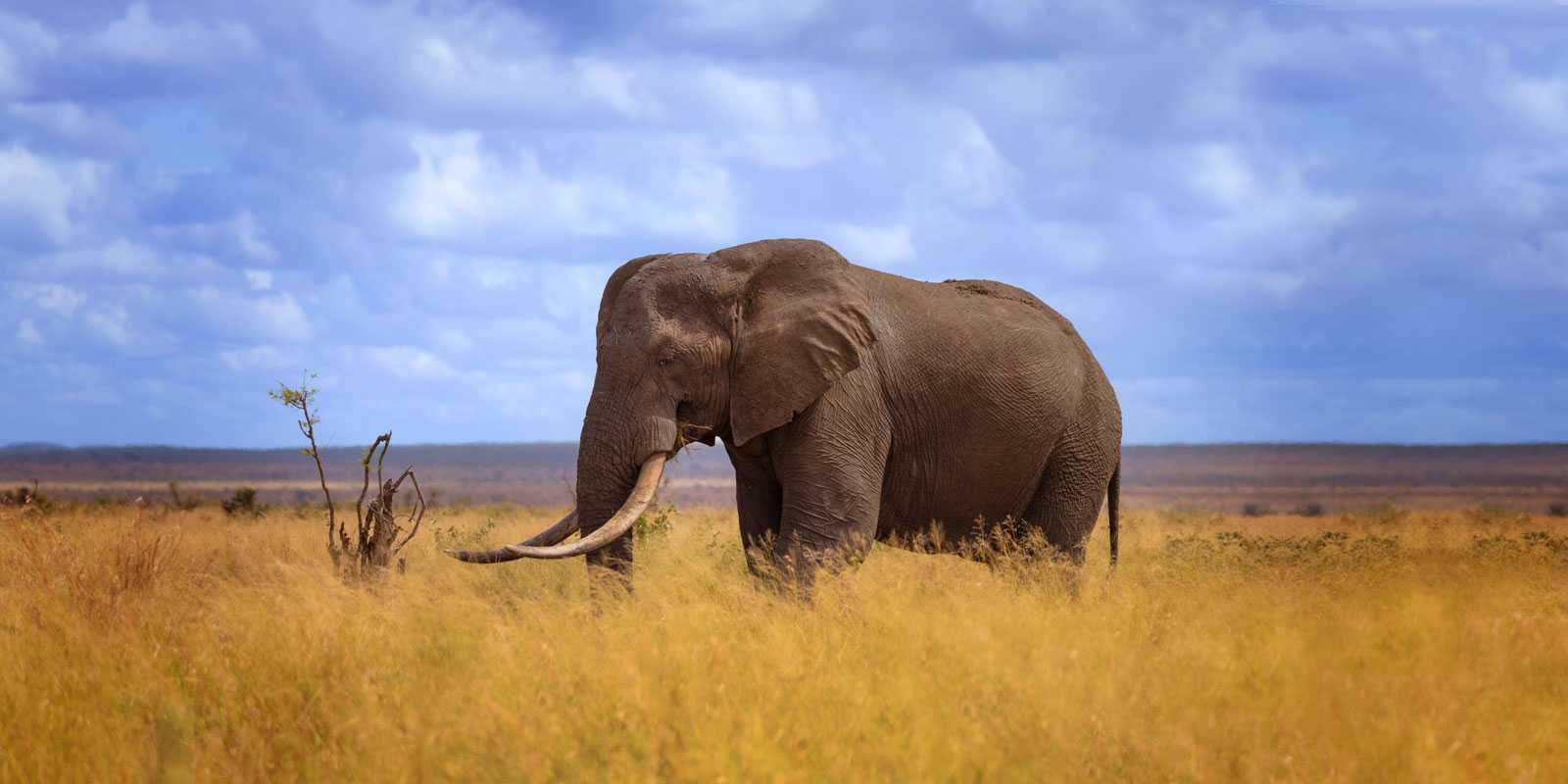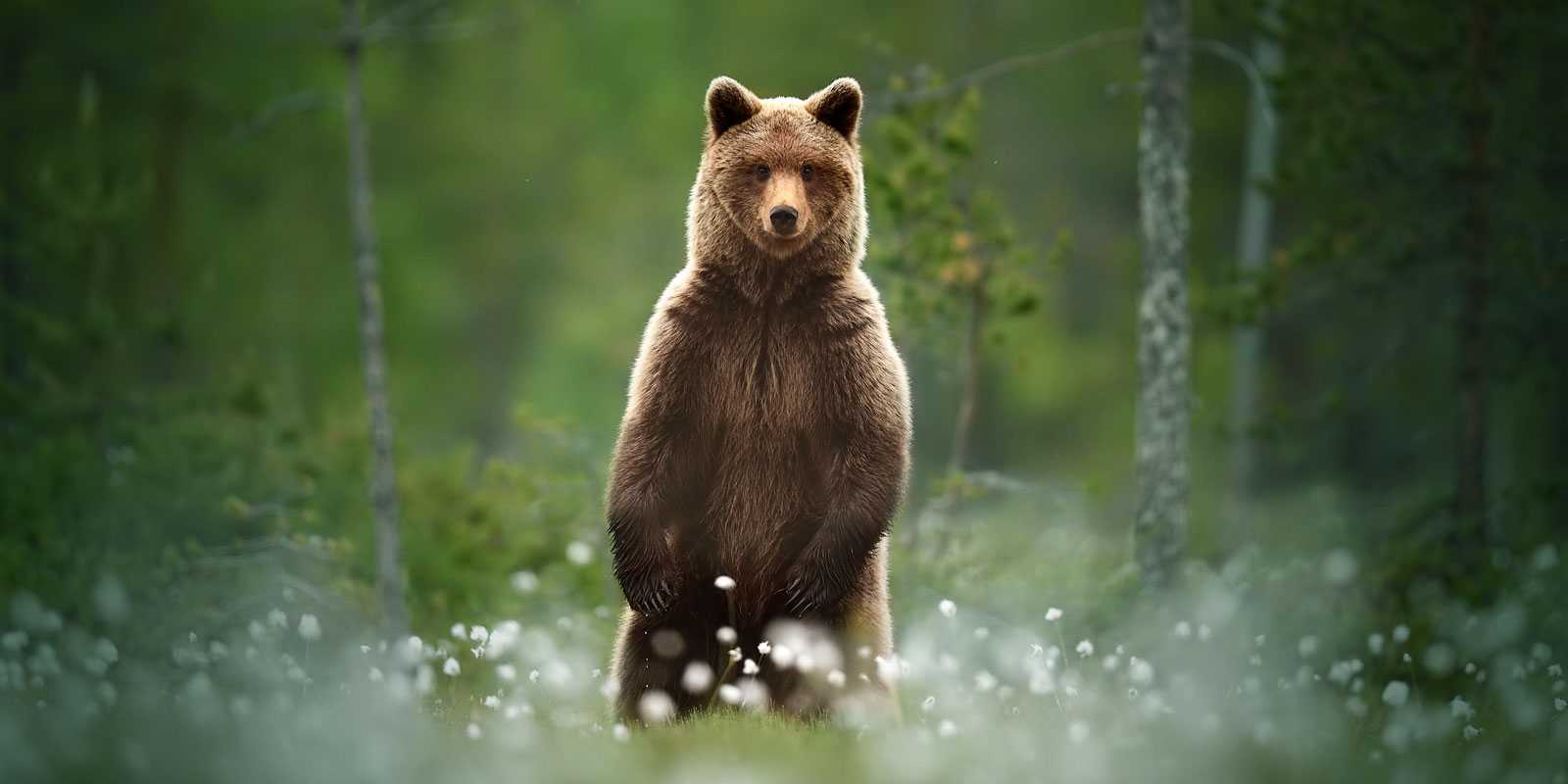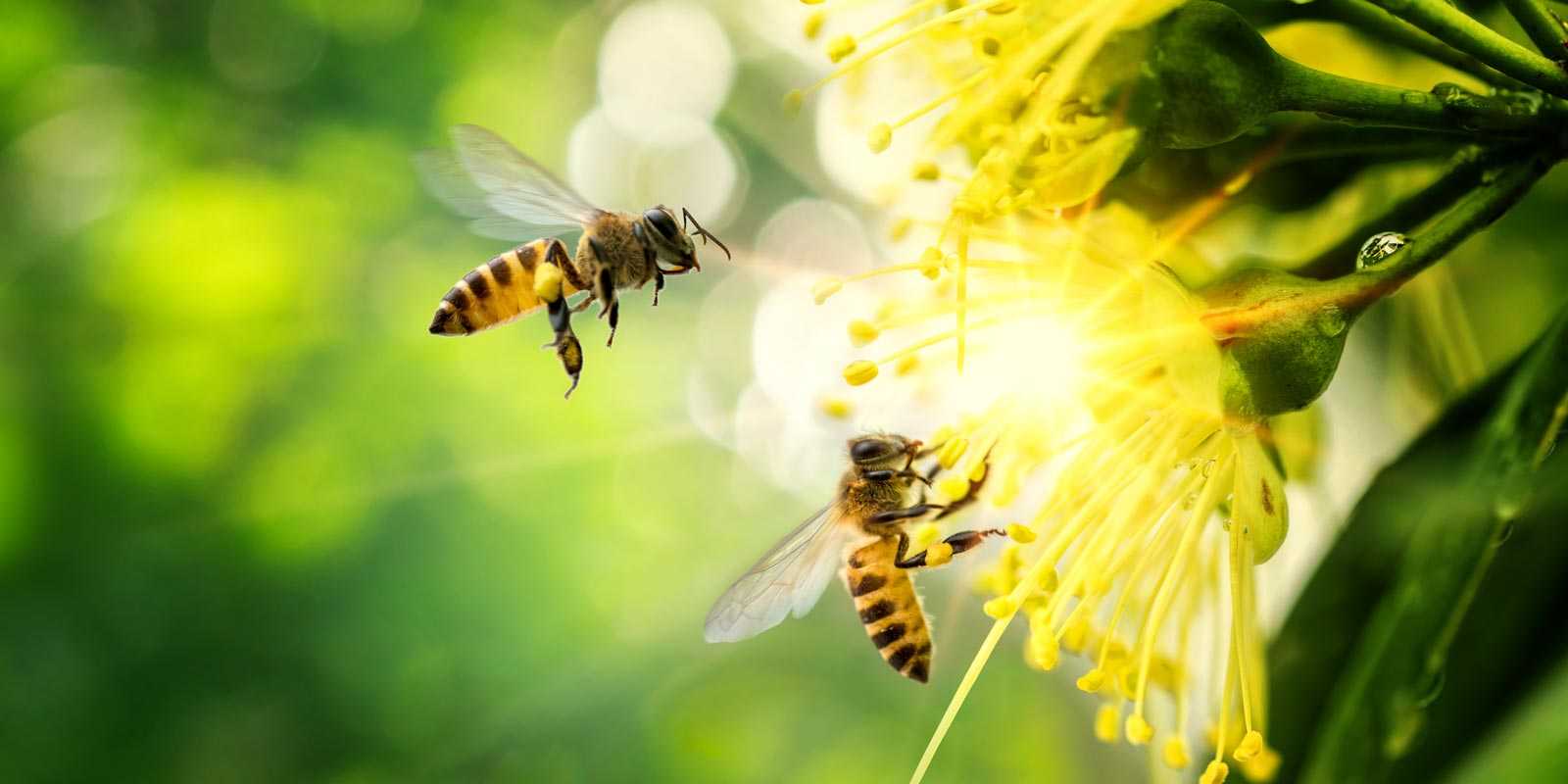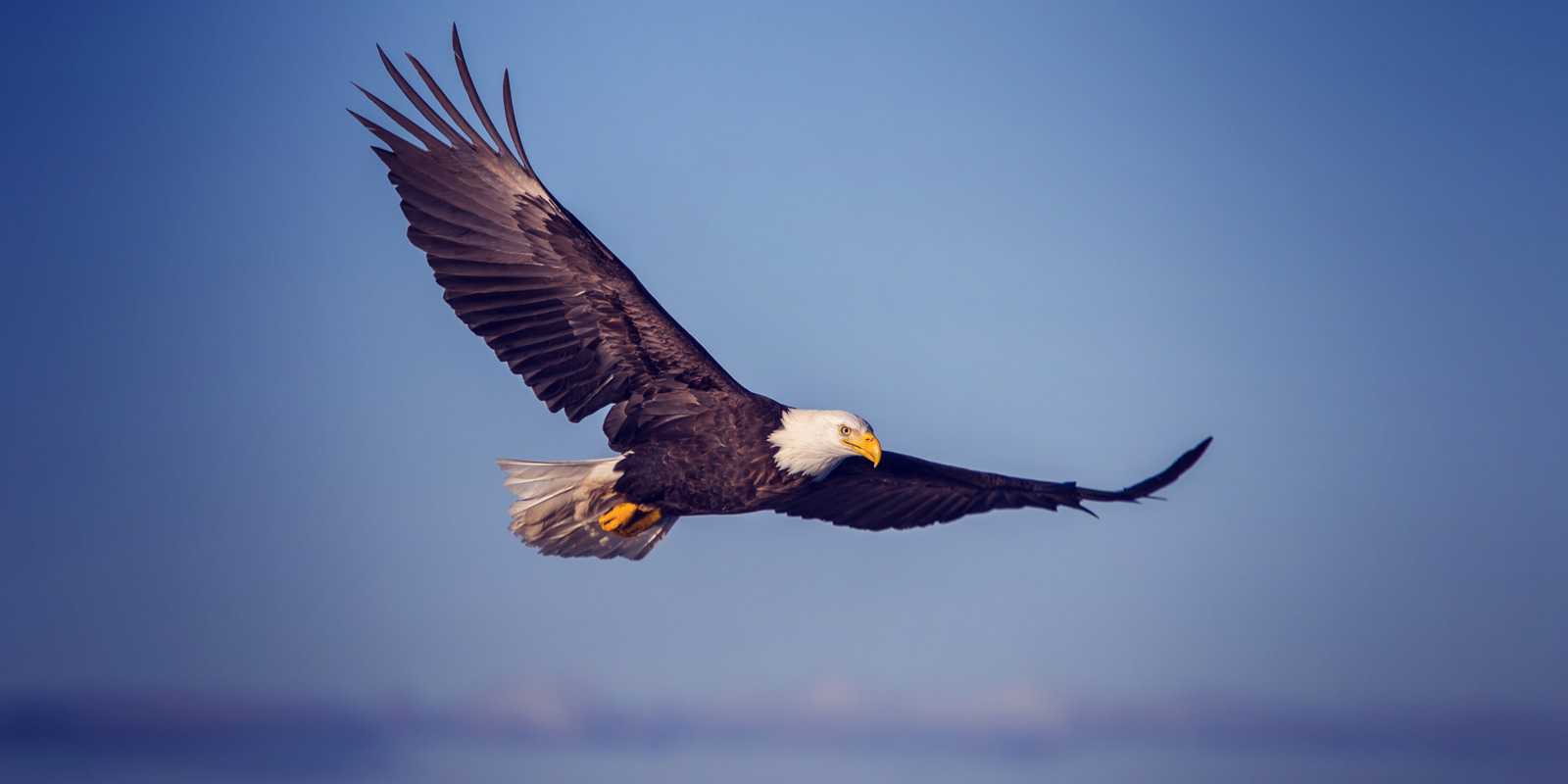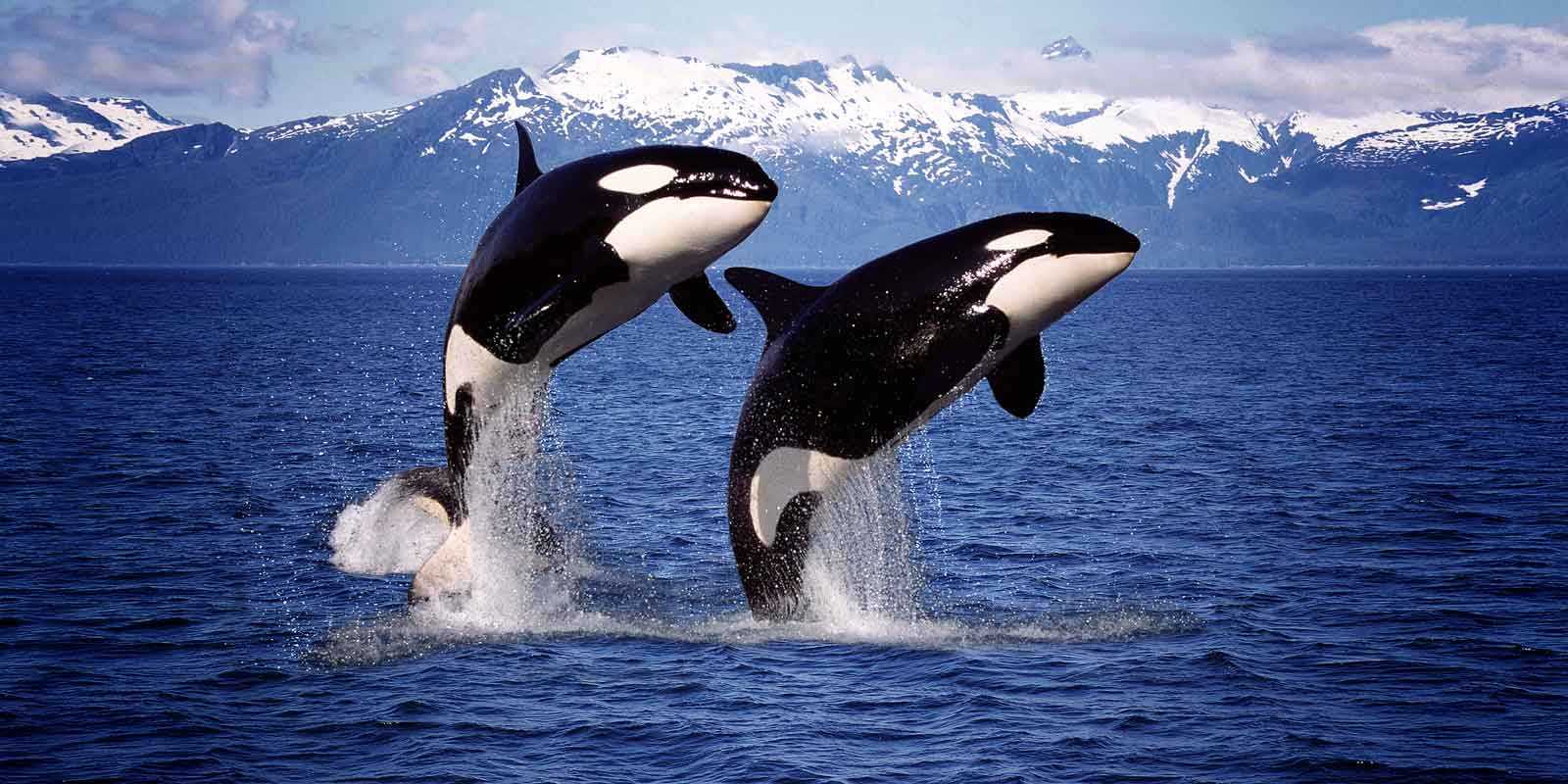Sea Turtles.
There are seven species of sea turtles that inhabit the Earth’s oceans: loggerhead, leatherback, green turtle, hawksbill, Kemp’s ridley, olive ridley, and flatback. Except for the flatback, all species occur in North American waters and are listed as threatened or endangered under the Endangered Species Act. The southeastern United States provides a globally significant habitat for sea turtles. In fact, Florida beaches host 90% of sea turtle nesting in the continental U.S. and the largest rookery of loggerhead nesting in the world.


